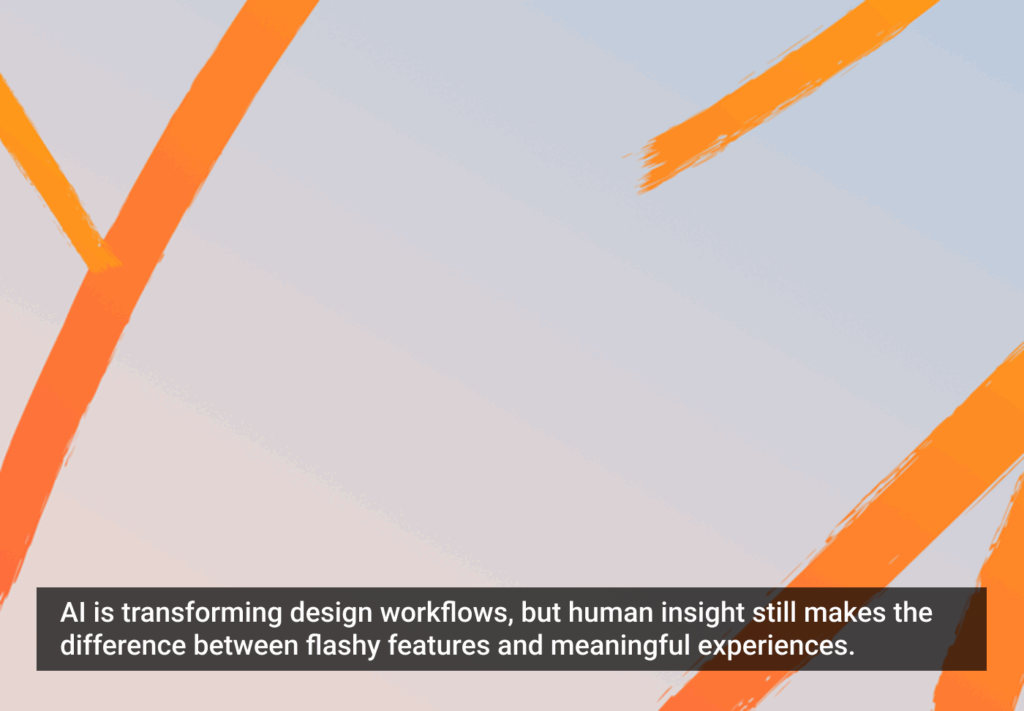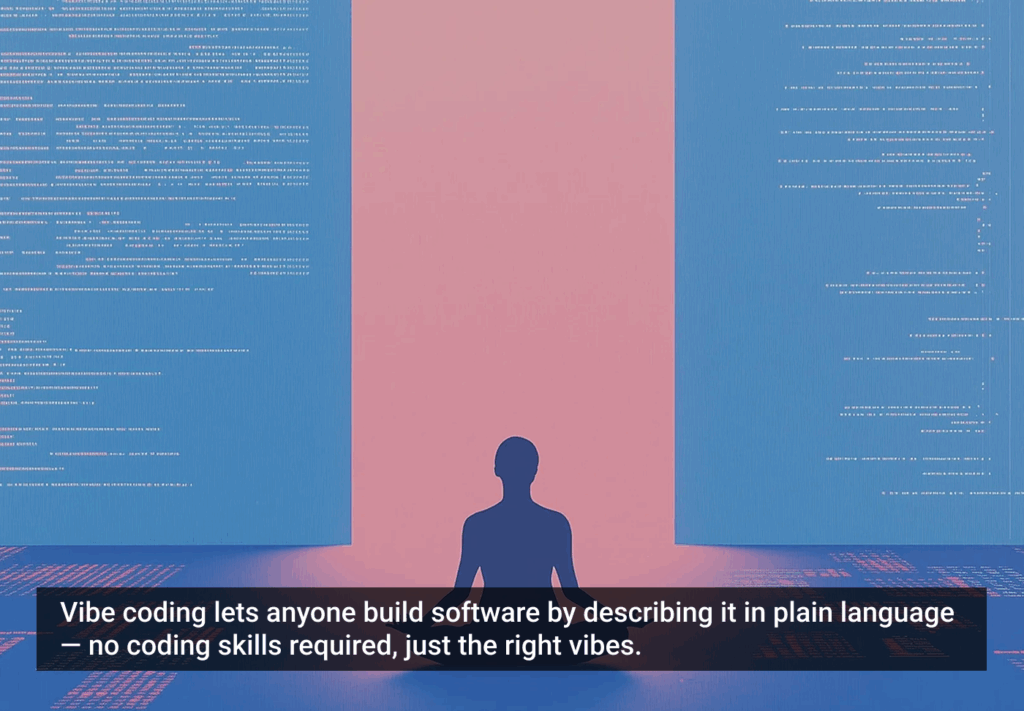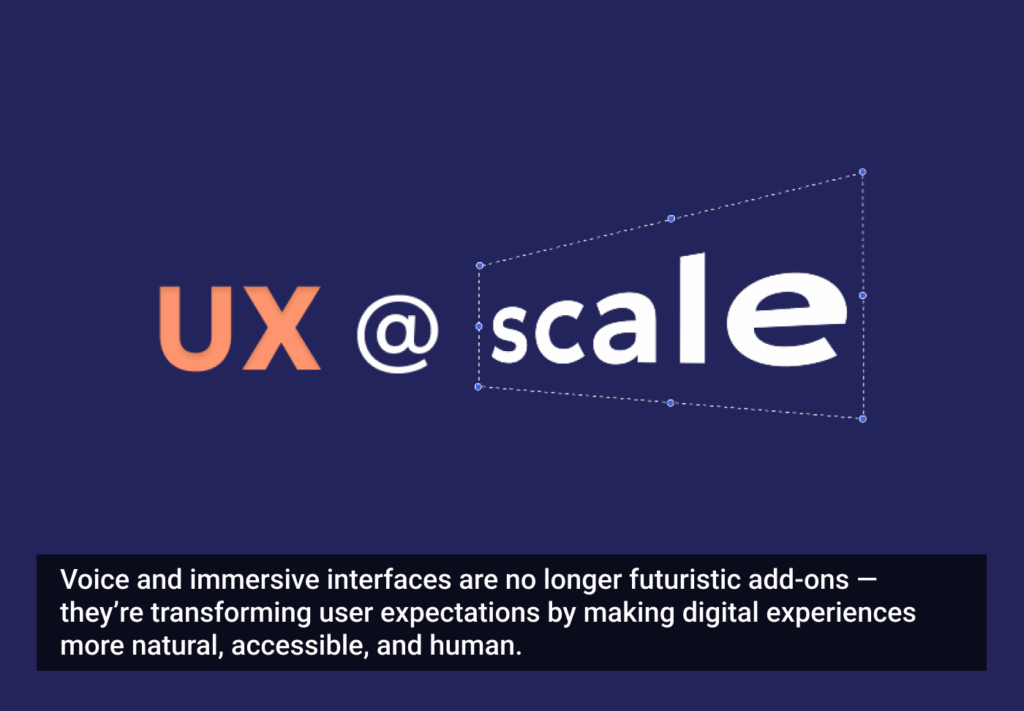It’s no secret that experience design is an exploding field. The need for talented practitioners outstrips the number of trained professionals looking for work, and to reach critical mass, we need education initiatives that prepare students for a complex and rapidly changing landscape.
As more online programs continue to pop up and often thrive, academic programs at accredited colleges and universities are also working hard to prepare the next generation of designers, engineers, and researchers for the immense challenges and opportunities that lie ahead.
The BFA Interaction Design Program at California College of Arts, winner of the Design for Experience award for Academic Program, does this by providing students with design skills, communication skills, and a broader understanding of everything that goes into experience design, while also helping them see how our relationship with technology is changing—a set of initiatives that it’s hard to imagine fulfilling in a remote setting.
“Online courses offer a lot. In general, they’re really good for transmission of information; they’re really good for individualized fact-checking; they’re good because students can slow things down and look at a their pace. A lot of designers have non-traditional learning styles and being able to watch a lecture either slow and fast or repeat sections is really valuable,” says Kristian Simsarian, Chair Interaction Design Programs at CCA.
“But there’s something about being in a room with people and all those subtle cues. Seven percent of communication is words and 93% is everything else: it’s the context, it’s the dynamic, it’s the history that people have, it’s the trust that people have, it’s a long list of things. Sometimes just being in the room and sharing pheromones can make the kind of balance between teacher and student that might be necessary to make a great designer.”
Students at CCA spend their first year exploring the craft skills that go into interaction design. Their sophomore year is about honing those skills (visual design, coding, systems, design research, prototyping), and their junior year is dedicated to exploring emerging technologies like wearables and objects in space, while also looking into other disciplines and materials. Senior year is when students return to solo work figure out where they want to take their careers.
The school also has a Cross-Disciplinary Hybrid Lab where technology is approached as a workable material—getting designers and artists to think about technology the way a ceramicist thinks about clay. But a lot of the magic comes from good old-fashioned interaction between teachers and students.
“I look into Christina Wodtke’s classroom as she’s teaching the Designer as Founder course and she’s just always excited in there,” Simsarian says. “She’s giddy and the students are giddy. It’s hard to get giddy online together. Learning about business and feeling giddy about it? What could be more valuable in the world we live in.”
Designers think about technology the way a ceramicist thinks about clay @CACollegeofArts
With that giddiness and ease come lessons in communication as well, a crucial skill that every designer needs to develop at some point.
“Communication is so important,” Simsarian says. “I can’t think of a successful designer who can’t communicate. There’s still a tradition in other disciplines where you can be a craftsman off in the corner of your studio but if you can’t communicate, your impact is likely to be limited.”
There’s also a reflexive nature to the experience of teaching in a classroom that benefits the instructors as well. “Our teachers often find their voice in the classroom. It can be hard to find your voice in a design studio, and it’s hard to experiment. I’ve had teachers say, ‘I’ve learned to be a much better creative director through teaching. Because I found my voice.’ I like the idea that someone can come and teach and come out with more confidence.”
The finalsts in the Academic Program category also made their mark. The University of Waterloo, Stratford Campus impressed judges with their uXperience Design Camp, and the MFA Design for Social Innovation program at the School of Visual Arts is exploring the relatively new field of social impact design. UXVision’s UXV Certification Program showed a vanguard curriculum and the Netcraft Academy alchemized their love of UX into a program that teems with character.
The 2014 DfE awards are now accepting applications. If you’ve been a part of creating an experience that makes a difference, apply today! If you know of any products or services that deserve DfE recognition, make a recommendation now using the form in the right-hand sidebar (or at the bottom of the page if you’re on a mobile device). For a limited time, anyone who makes a valid recommendation will get a free book download form our sponsor, Rosenfeld Media.







